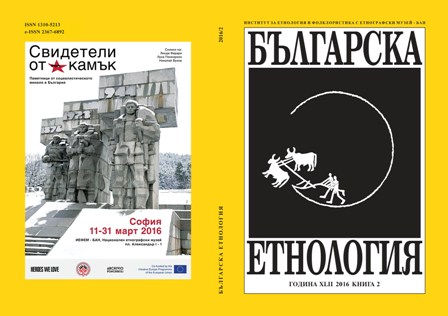
We kindly inform you that, as long as the subject affiliation of our 300.000+ articles is in progress, you might get unsufficient or no results on your third level or second level search. In this case, please broaden your search criteria.

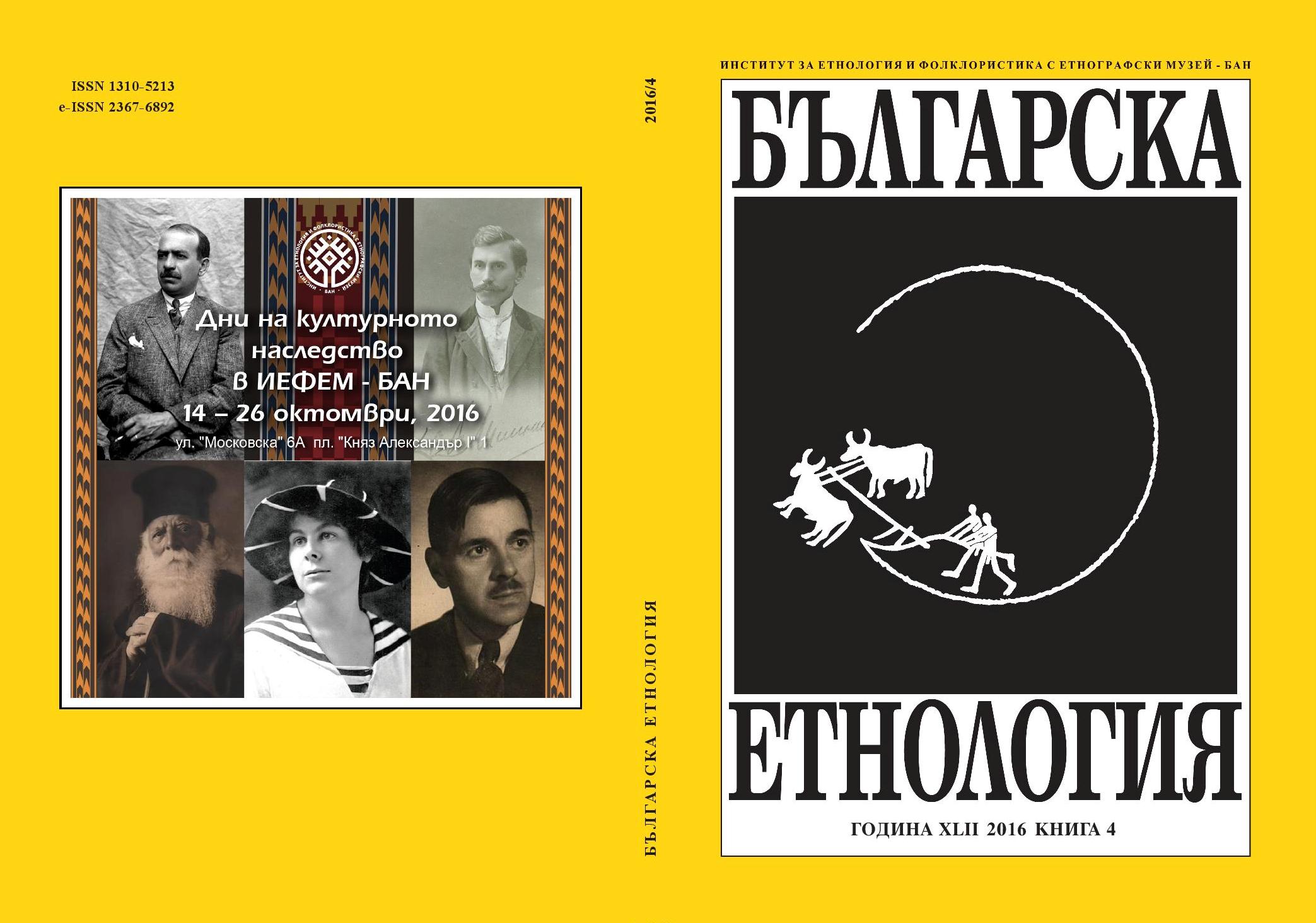
On the basis of written sources and field materials, the article examines the phenomenonof the “Odessa cuisine” as a regional complex of food. In the context of thehistorical dynamics, it shows the role of the Balkan traditions in the formation anddevelopment of the everyday culture of the inhabitants of Odessa. Special attentionis paid to the current state of the trade subculture and, respectively, to the systemof the food traditions in Odessa. In particular, the article shows that there are manyproducts introduced by natives from the Balkans (first of all, Greeks and Bulgarians):eggplants, tomatoes, cheese, corn, mutton, grapes, etc. The regional dishes perceivedas “Odessaian” but having roots in the ethno-cultures of the above-mentioned communities,are developed on this basis. The text shows also the “blue” (eggplants) invarious variations of preparation and the “pshonka” (corn). Beside the national, theprofessional mass cuisine is also analyzed (restaurant); in it the Balkan substratumhas found its place a long time ago along with the Jewish, Ukrainian and Moldavian.In the menu of these institutions, there are surely a number of dishes with Balkanorigins. On the other hand, it is worth characterizing the special national restaurantsof Odessa (Bulgarian, Gagauzian, Greek).
More...


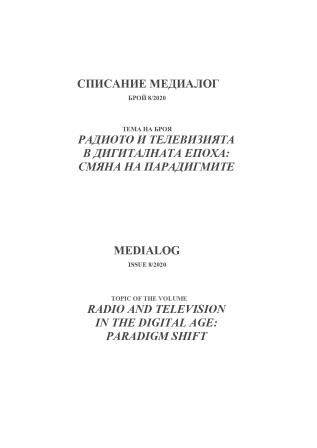
The study focuses on part of the submerged heritage under the waters of several dams in Bulgaria (Ovcharitsa, Rozov Kladenets and Tsonevo). Popular folk singers (Stefka Sabotinova and Penka Pavlova) and singing groups and local singers („Sminana Kitka“, Silvia Dimitrova), who keep songs from the sunken villages, are presented. The focus is on research and knowledge of folklore as a pillar of memory, in the case of the village of Asparuhovo, near and under the waters of Tsonevo Dam. Emphasis is placed on the role of various media and especially digital new media spaces for the „emergence” of the traditional song heritage from the villages left at the bottom of various dams.
More...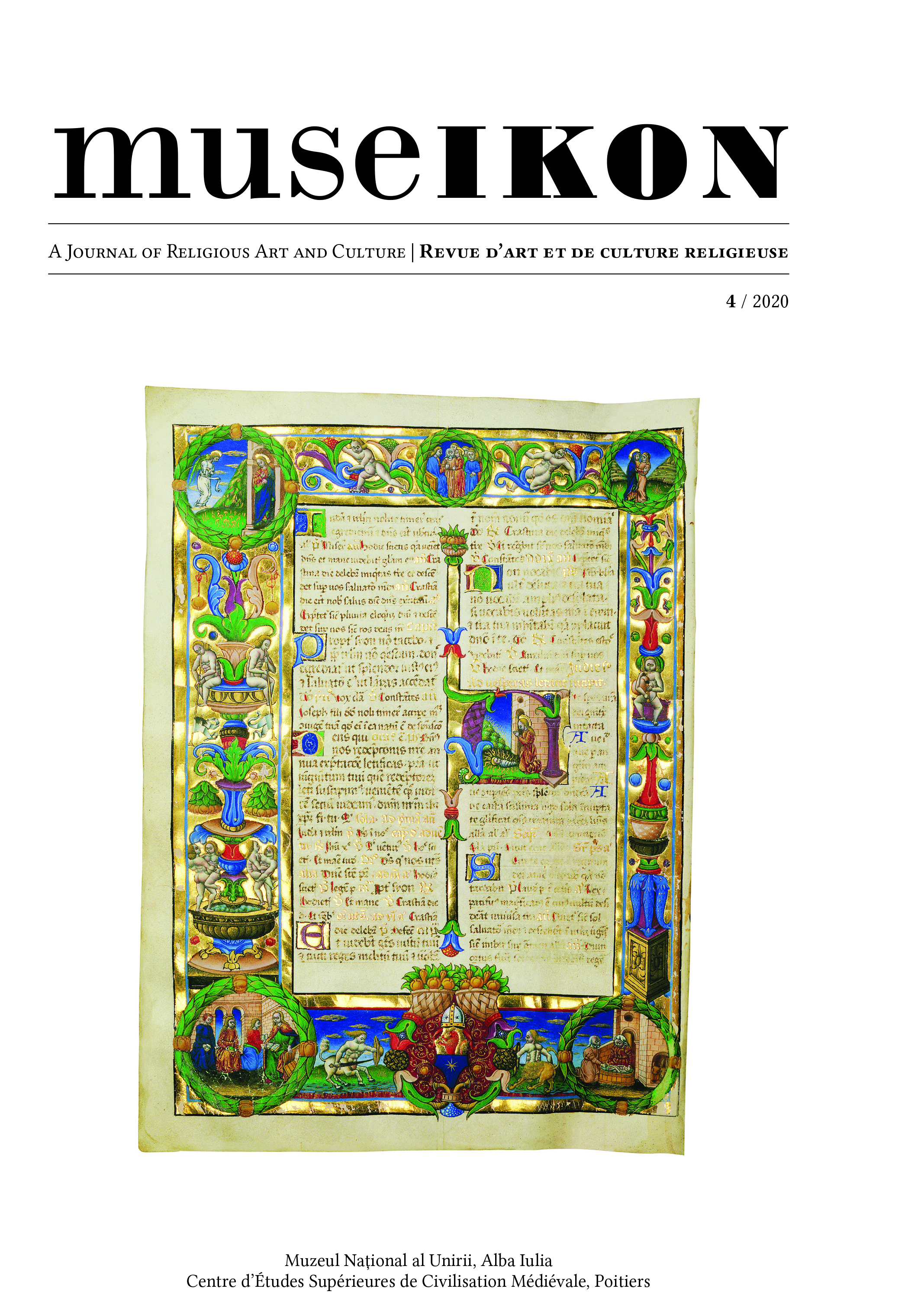
La tradition du soutien russe aux églises orthodoxes de l’Orient et des Balkans a commencé a XVIe siècle et s’est poursuivie jusqu’en 1917. Au niveau gouvernemental, l’aide matérielle a été réduite et réglementée au XVIIIIe siècle, mais elle a gagné en générosité après 1830, en rapport avec l’évolution de la Lestion d’Orient et la rivalité des grandes puissances engagées au Moyen-Orient. L’article étudie le caractère et la distribution géographique du soutien de l’Église et du gouvernement russes, tout en observant que ces traits ont évolué dans le temps et qu’ils ont été in*uencés par les tendances politiques de certaines périodes. Il étudie aussi les nombreuses donations privées issues des pèlerinages en Terre Sainte et faites aux monastères d’Orient, aussi bien que celles résultant des relations personnelles avec le haut clergé. La tendance générale à augmenter les sommes et les dons jusqu’à la Première Guerre mondiale a été le résultat de la montée de la tension au Moyen-Orient et dans la Méditerranée orientale.
More...
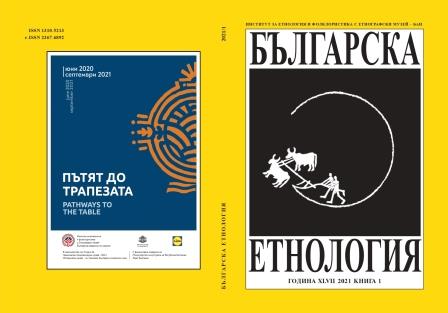
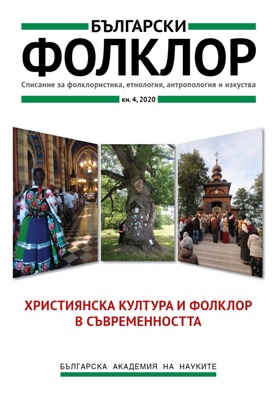
Anthony is a highly honoured saint, considered to be a patron and a defender of various diseases. The church “St. Anthony” in the smallest town in Bulgaria – Melnik – is known exactly for its healing aspect and can be identified as one of the most sacred cult sites in the surroundings, connected with numerous stories of miracles, healings, interesting and rare ritual practices. The modern state and functioning of the church is a complex of different components that build the role and importance of the cult site as a very attractive place for pilgrimage and healing. Besides of the cult of the patron itself, these components include also various miraculous objects, iconographic features, the location of the church, and characteristic stories of miracles, media, and personal representations and interpretations. In this article, I will examine the cult of St. Anthony in the city and church dedicated to him through the prism of two basic elements – miraculous objects or other ones in the church area and beliefs and ritual practices related to them. It is precisely the connection between the different components of the cult site, combining diverse objects of pilgrimage, honoring, and usage, that creates a truly unique context in which this church, the only one in the country until recently dedicated to the St. Anthony, exists. The analysis is based on observations from conducted fieldwork studies in Melnik and bibliographic and online surveys in the period 2016–2018.
More...
In the thirteenth century, in the calendar of the Catholic Church, a special day is established to honour the Holy Communion – the bread and the wine, turned into the Most Holy Body and Blood of Christ. The feast is celebrated everywhere in the Catholic world with a solemn liturgy and a procession. The article presents in a comparative perspective fieldwork observations and documentation of this Catholic feast in two villages in Bulgaria and in Poland: the village of Oresh, Svishtov region (in 1995 and 2015) and the village of Złaków Kościelny, Łowicz district, Łódź voivodeship (in 2016). The author outlines the specific characteristics in performing of the feast in the two communities (Corpus Christi in Oresh; Boże Ciało in Złaków Kościelny), conditioned by differences in the confessional and cultural history as well as by different conditions of practicing the religious traditions.The comparative study shows the significance of local identity, expressed through elements of inherited traditional culture. For the Bulgarian Catholics, cultural identity is affirmed mainly through their religious affiliation, which is different from the official Orthodox religion, predominant in the country. The revival of the festive Catholic processions in modern times is an expression of the desire for a sustainable connection with the restored family and community confessional tradition. An essential expression of the local specificity in the religious festivity of the inhabitants of the Polish village is the adherence to traditional elements of the folklore culture, which have cultivated the local religious tradition.
More...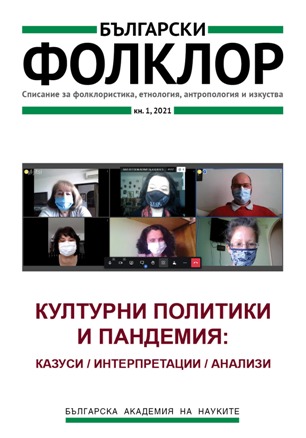
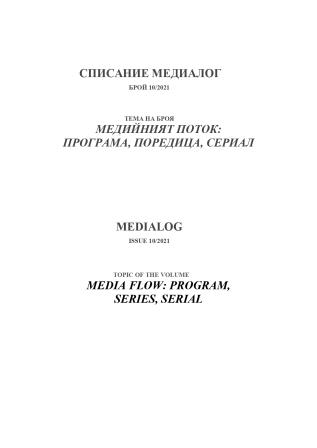
Review of Rosemary Statelova's latest book ‘The Story of a Musicologist’ (Sofia: Riva, 2020). The book, defined as ‘memoir-autobiography’, is not only a biography of Rosemary Statelova, her family and professional environment, but also a biographical history of the packed Bulgarian time in the last 70 years, structured as fragments of memories and texts.
More...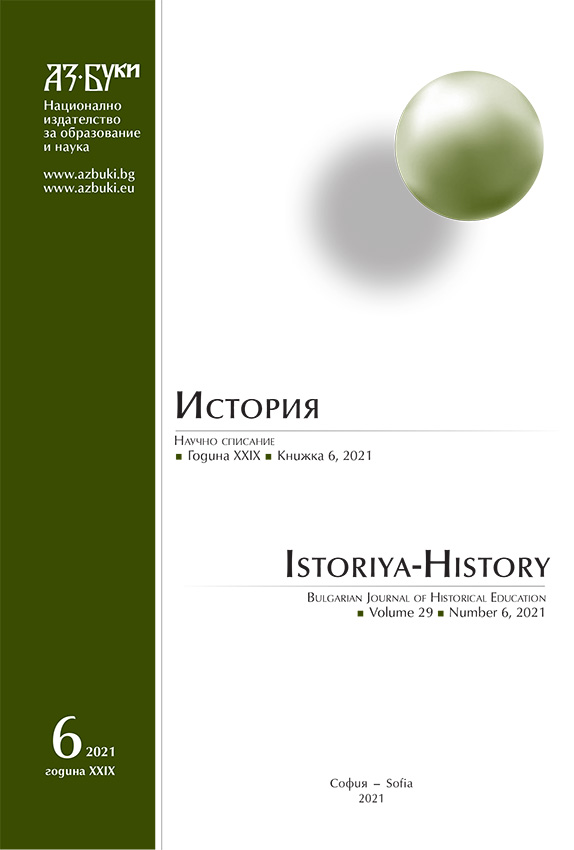
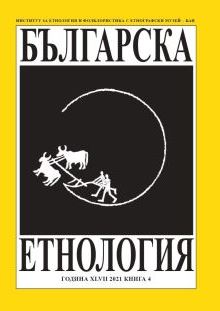
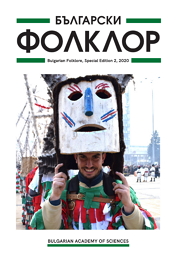
The article describes the National Festival of Folklore in Koprivshtitsa in through the eyes of a particular local community, that of the village of Bistritsa, Sofia region. The study is based on fieldwork conducted in January 2015 at the local community centre. The main method of investigation is the semi-structured interview, which offers local people the opportunity to select the most significant moments in their narratives and to express their own understanding and interpretations of folklore heritage. The authors pay particular attention to the processes of transformation of local tradition into cultural heritage, which became especially visible after the 1930s and the 1940s. The text outlines the processes and means by which the local community presents its culture and understands the necessity of its contemporary safeguarding as a living practice. The influence of local and national cultural institutions is duly marked, including the influence of the local community centre and the National Festival of Folklore in Koprivshtitsa. Special attention is also given to these institutions’ contributions towards the conceptualization of different elements of the respondents’ local culture and the ways in which local culture becomes a resource for the construction of different networks of identities: cultural, local and national. The text also highlights the basic accents and interpretations in the narratives of the respondents who discuss the National Festival; the Festival’s importance as a place for the representation of their traditional village cultural elements; its role in their preservation; the character of the Festival stage and changes to it through the years; as well as the personal experiences of the community members during the Festival.
More...![Tsvetelina Dimitrova. Popular History between the Oral and the Written. Sofia: Prof. Marin Drinov Publishing House of BAS, 2013. 218 p.[Цветелина Димитрова. „Народната история“ между устност и писменост. София: Издателство на БАН „Проф. Марин Дринов]](/api/image/getissuecoverimage?id=picture_2020_64862.jpg)
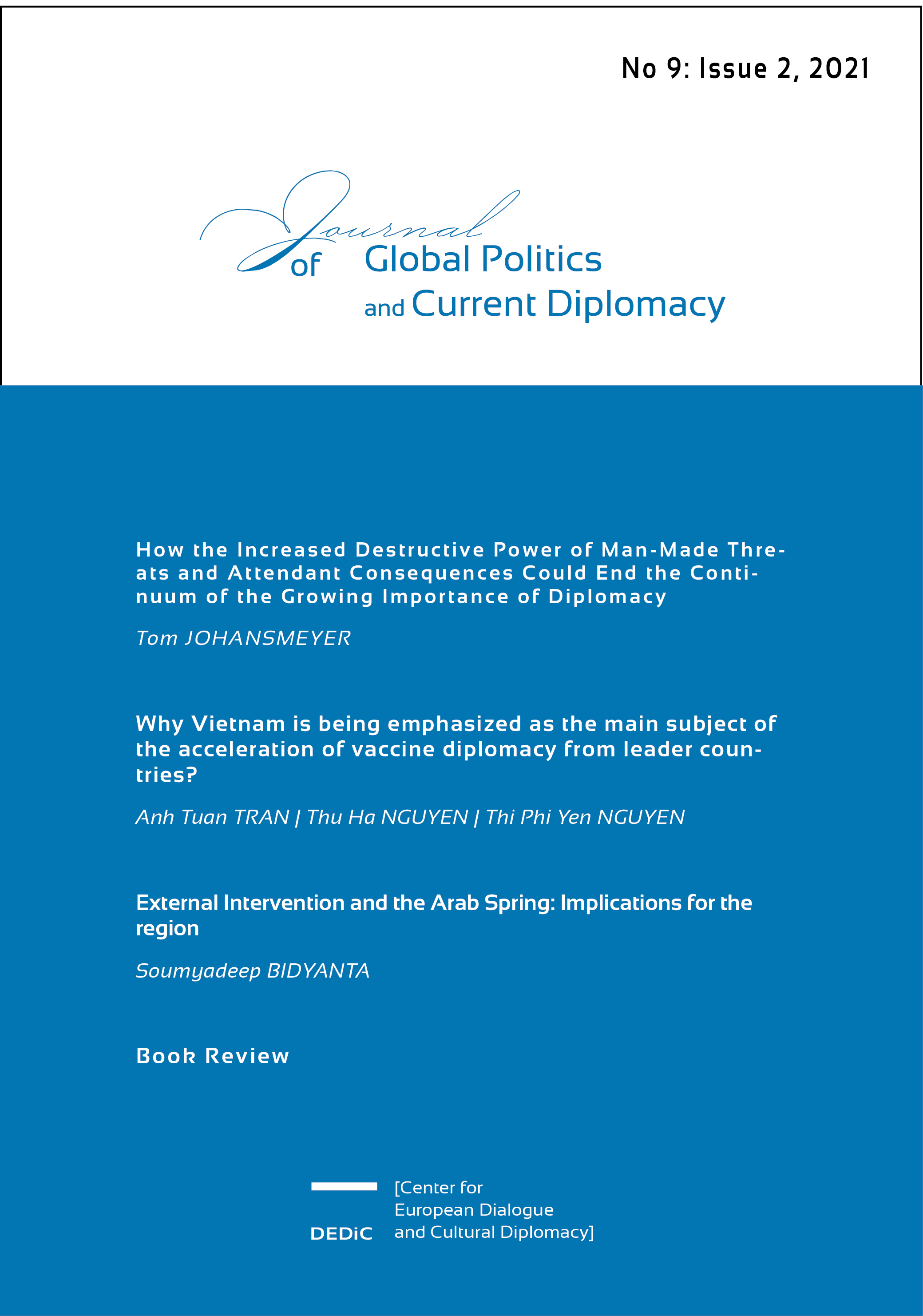
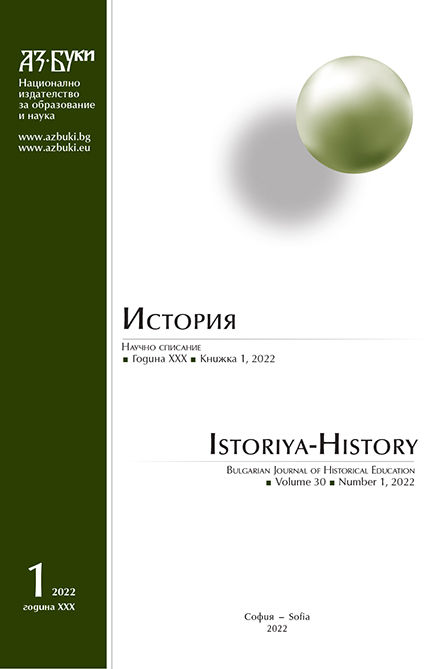
The article presents archival materials and other historical sources which keep primary information about the death and funeral of the famous Bulgarian rebel leader Hadzhi Dimitar Asenov (1840 – 1868) who originates from the town of Sliven. The widely accepted thesis that Hadzhi Dimitar was deadly shot during the Buzludzha battle (18th July 1868) and was buried at the place of the battle has been proven once again by bringing new motives and logical arguments. The funeral of the famous revolutionary on the Buzludzha peak (named in 1942 Hadzhi Dimitar peak) has been confirmed with memorial and archaeological pieces of evidence. Both re-burials of the fallen heroes (1898 and 1961) provide additional data in that direction. Despite scientific argumentation of the said thesis, the article also interprets some uncertain and contradictory evidence about the eventual death of Hadzhi Dimitar on the Kadrafil peak, located in the Sredna gora mountain – 50 km away from Bualudzha peak in the Stara planina mountain. Neither factual nor logical arguments of this legend withstand scientific criticism. Nevertheless, they are persistently popularized by local patriots, originating mainly from the village Svezhen (formerly called Ajar – until 1934). Furthermore, supporters of the so called Adjar's legend are trying to give national status of their unscientific claims about the death and burial of the famous revolutionary leader Hadzhi Dimitar Asenov. Their unjustified actions are conceptualized in the scientific context of the cultural memory theory. The dispute between the scientific version and the Adjar's legend is explained by the different approaches of historical science and cultural memory toward a single fact from the past – the last moments of a national hero's life. The professional historiography works with objective facts, scientific methods and logical arguments. Cultural memory attracts convenient hypotheses, mythological plots and unprovable local memories.
More...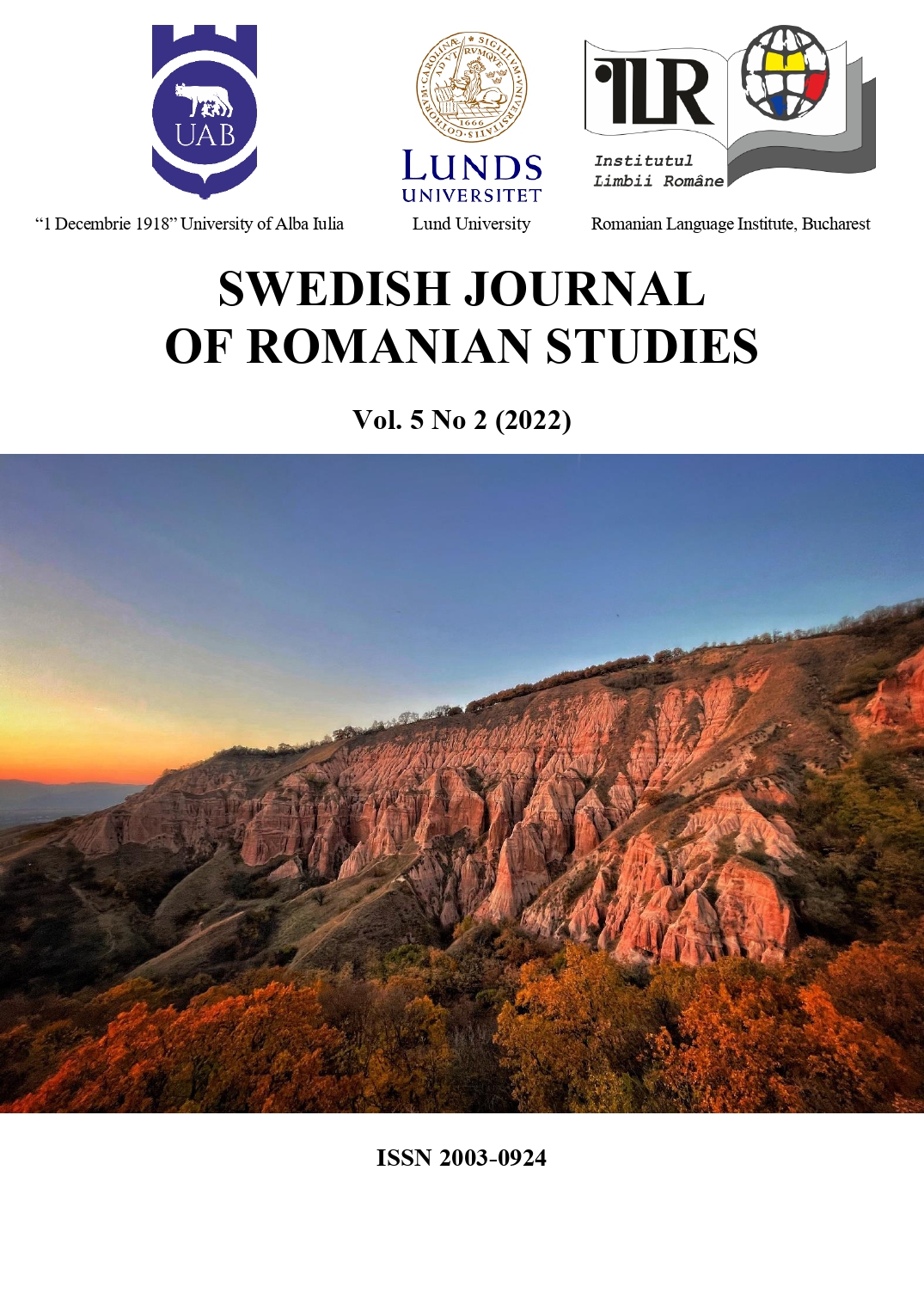
This study is aimed at identifying the most noticeable Slavic elements in the calendar rites of Bukovyna. It analyzes material collected by Romanian researchers in the second half of the 19th – early 20th century (E. Niculiță-Voronca, T. Pamfile, L. Bodnărescu, А. Fochi, A. Zașciuc), documents from the Central Scientific Archive of the Academy of Sciences of the Republic of Moldova, the New Linguistic Atlas of Romania, Moldova and Bukovyna (1987), as well as personal observations recorded by the authors of the study in Ukraine and Romania during ethnographic expeditions. In the calendar rites of the Romanians of Bukovyna, some clear Slavic elements can be identified, such as some names of calendar holidays, Ukrainian elements in such rites as koliada, the Christmas star, shchedruvannya. Ukrainian motifs of musical folklore in winter rites, as well as the use of the names of Ukrainian opryshky and haidamaky, the adaptation of the “walking with vertep”, the use of the term vidma of Ukrainian origin, the penetration of the name and main text of the Ukrainian Malanka, etc.
More...